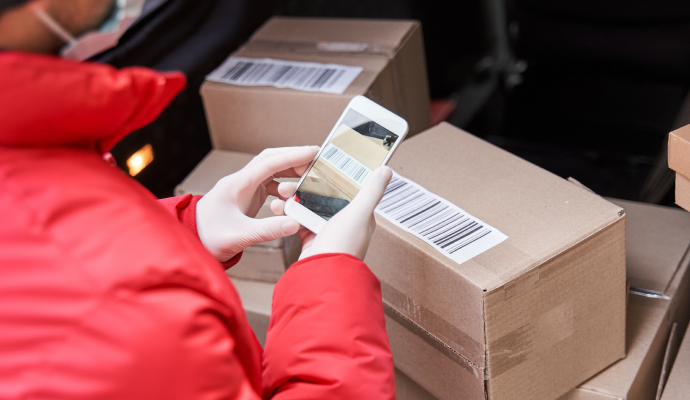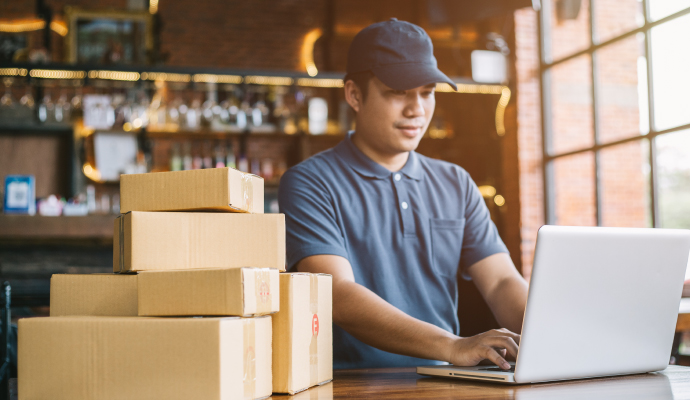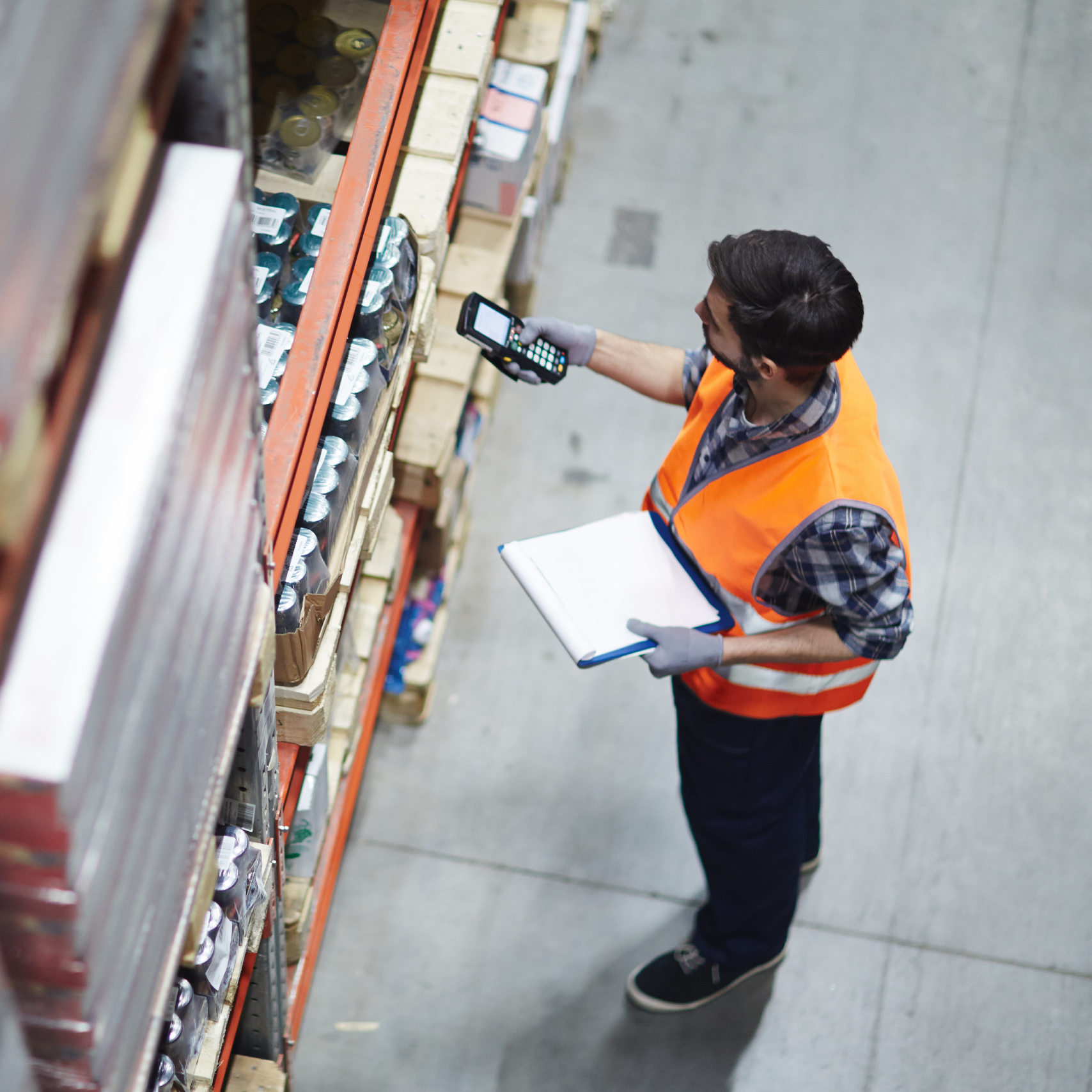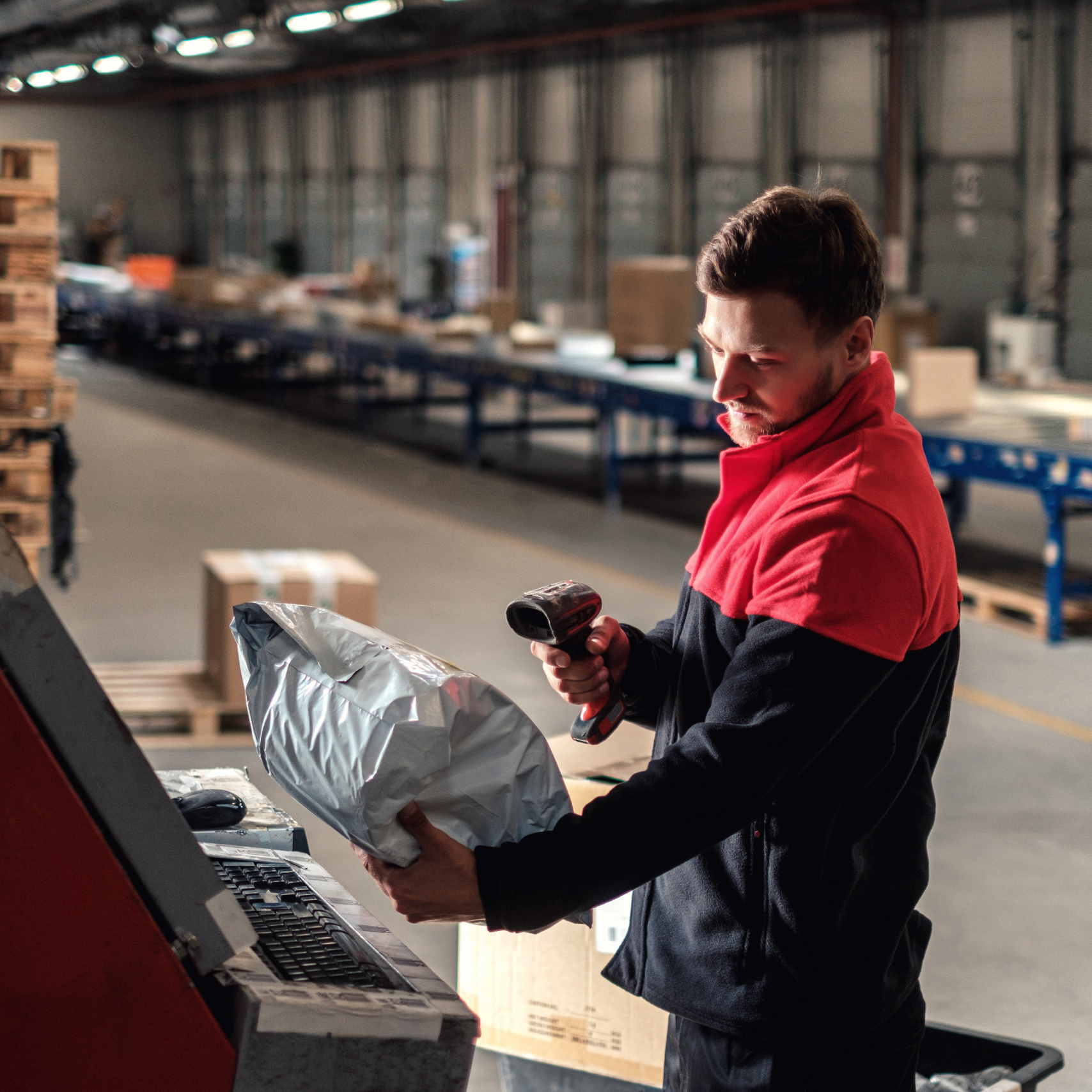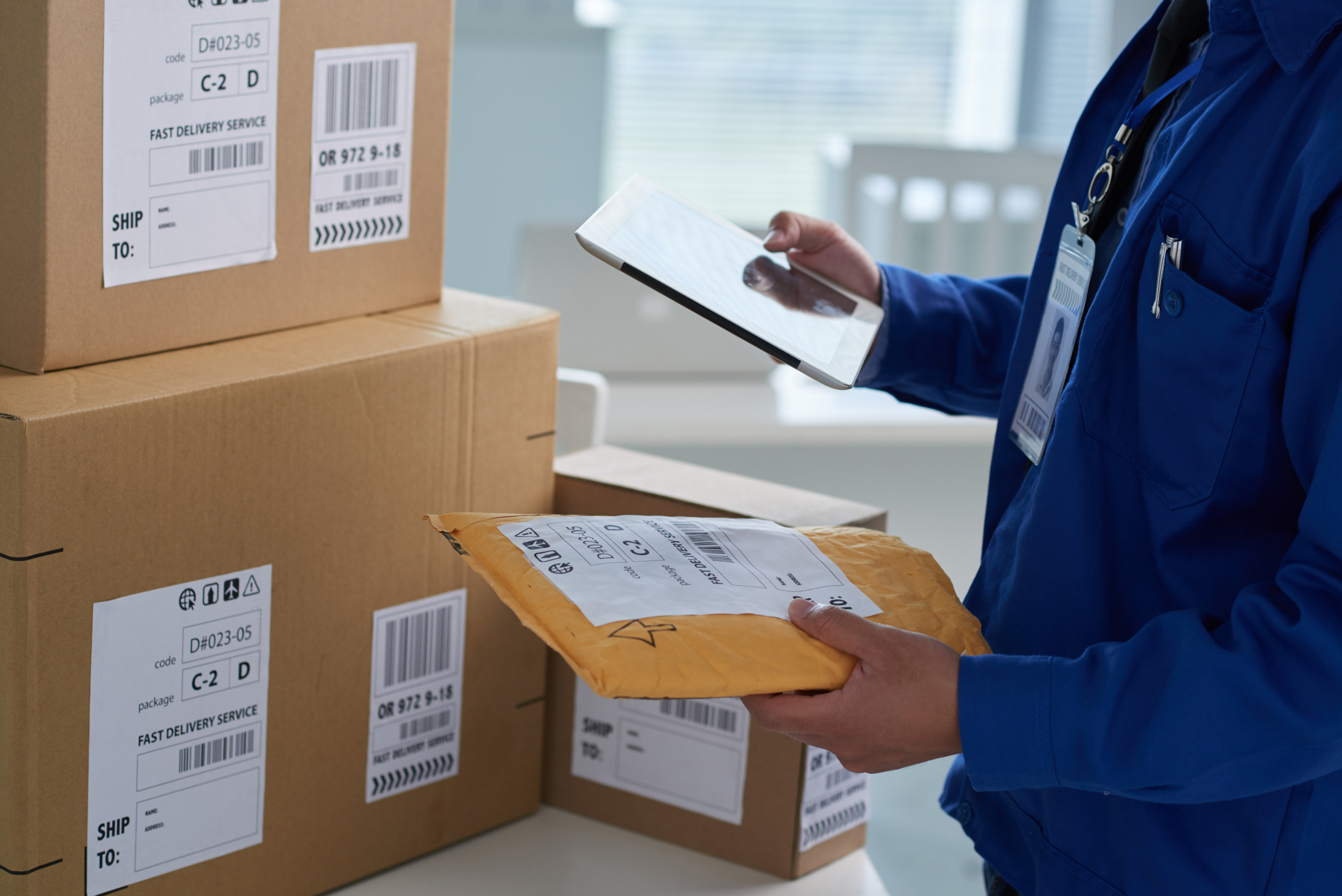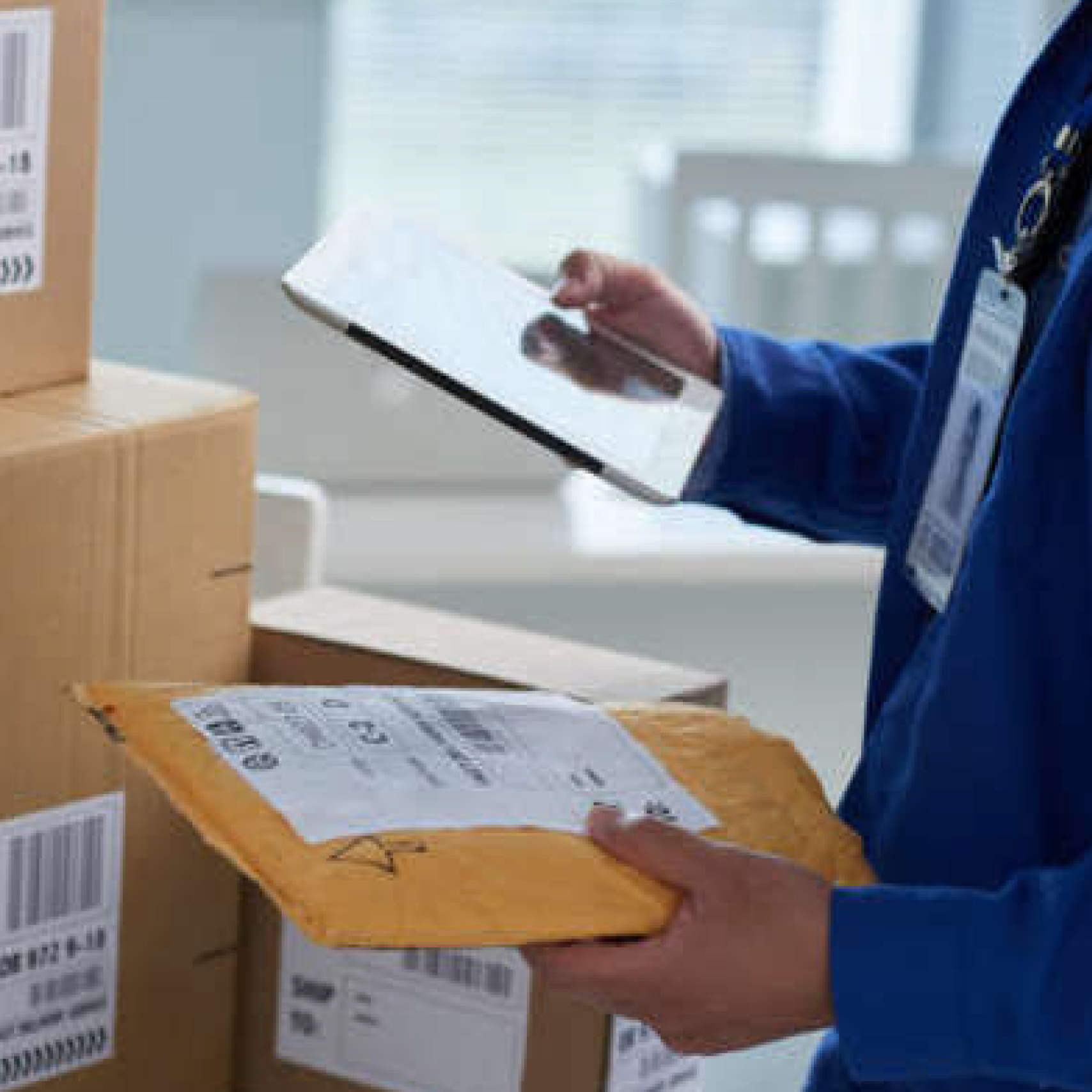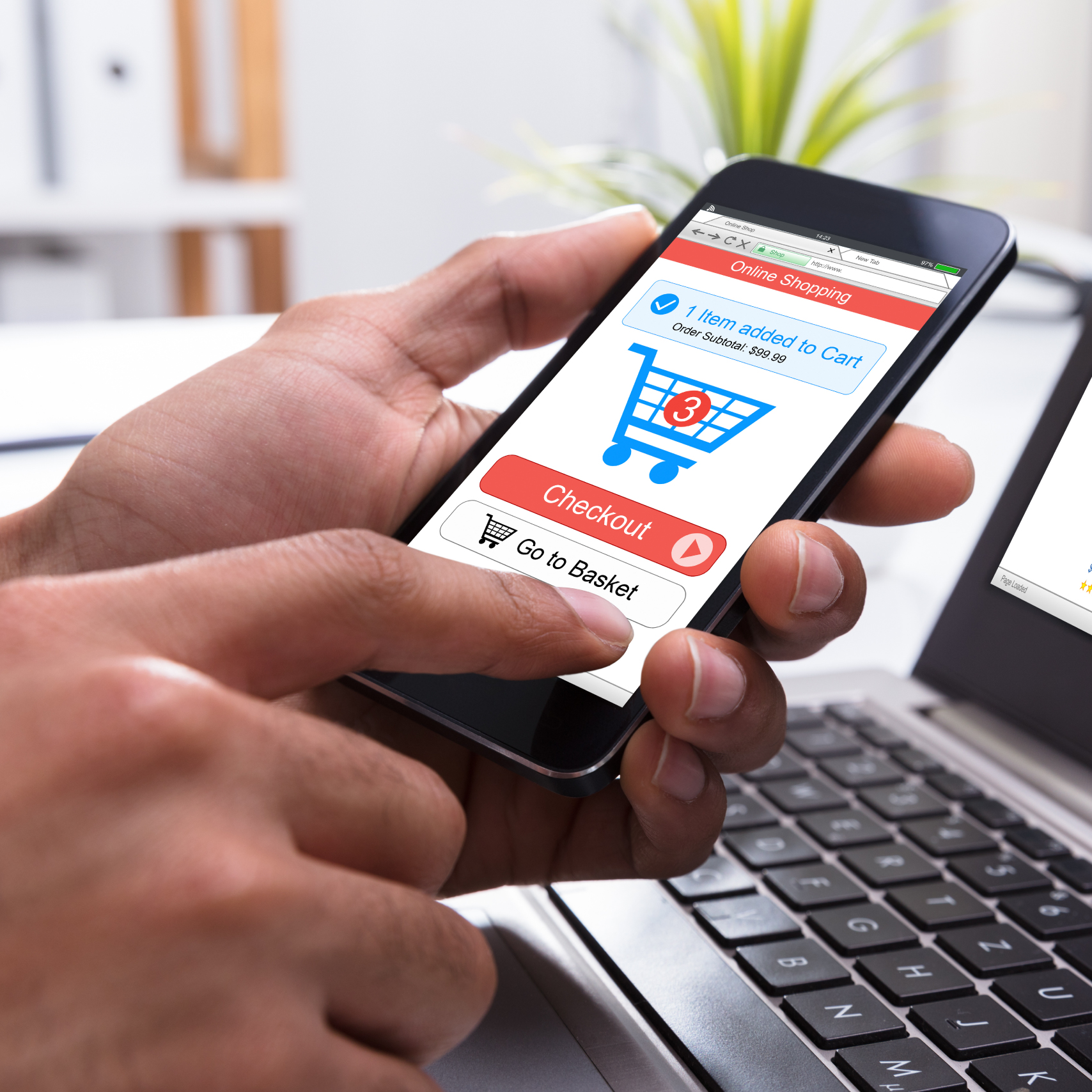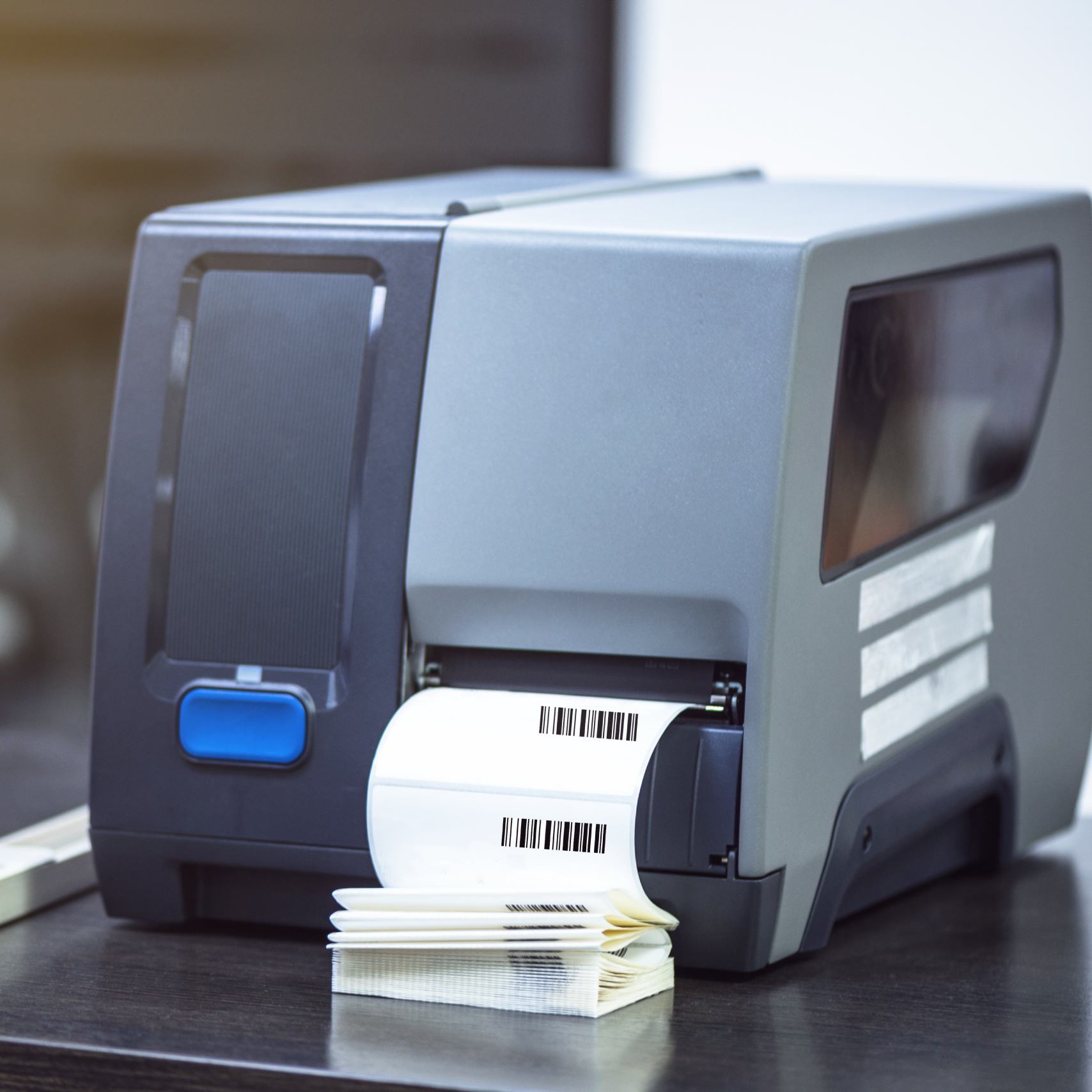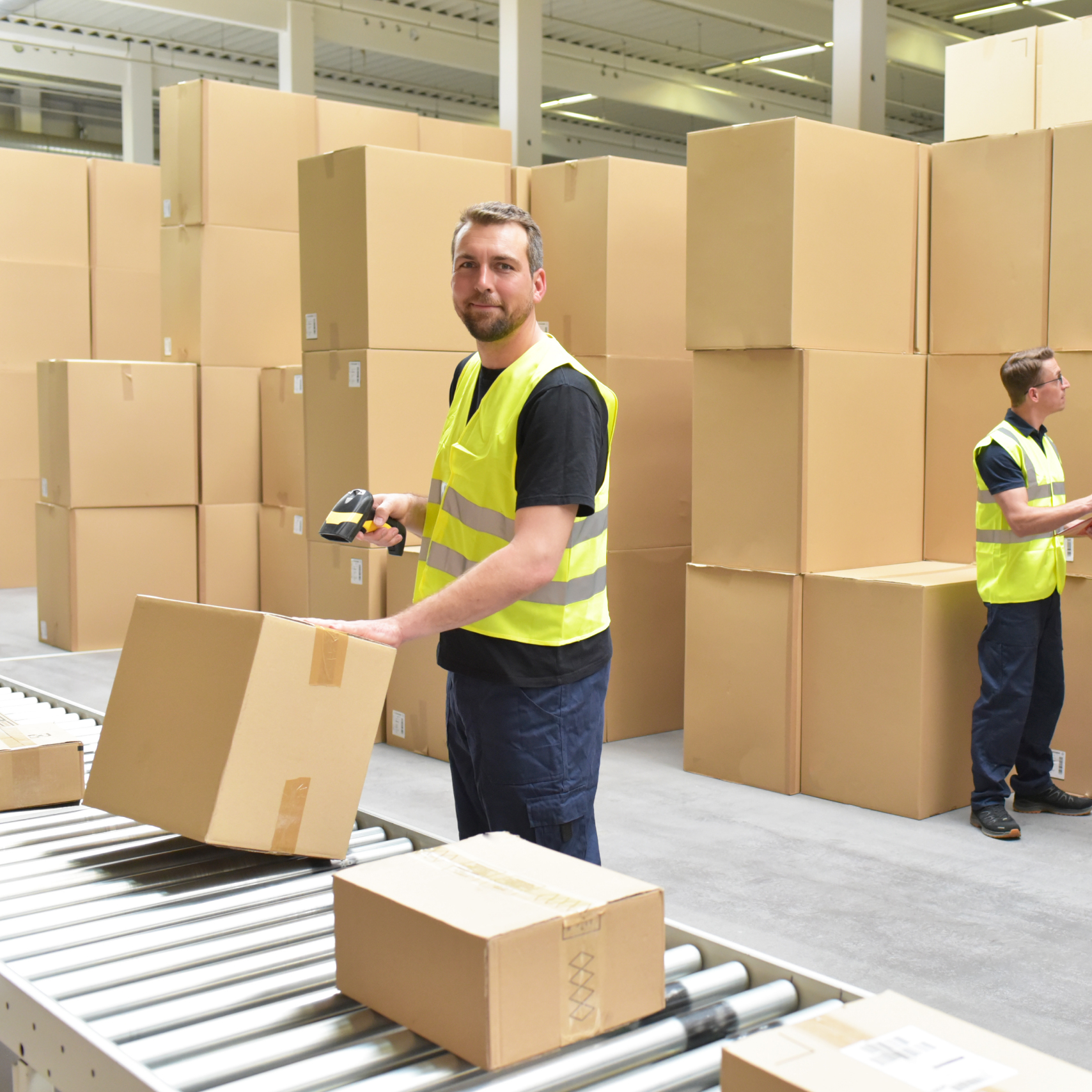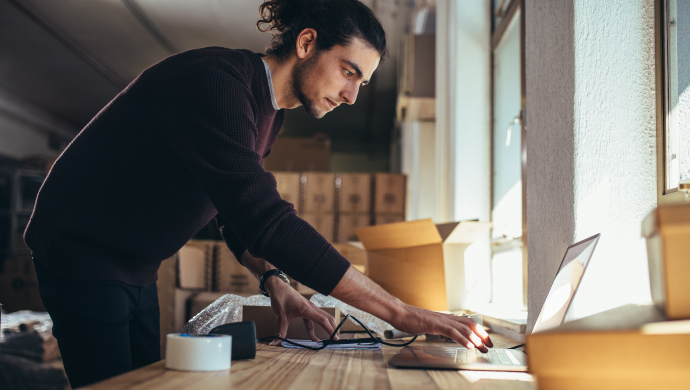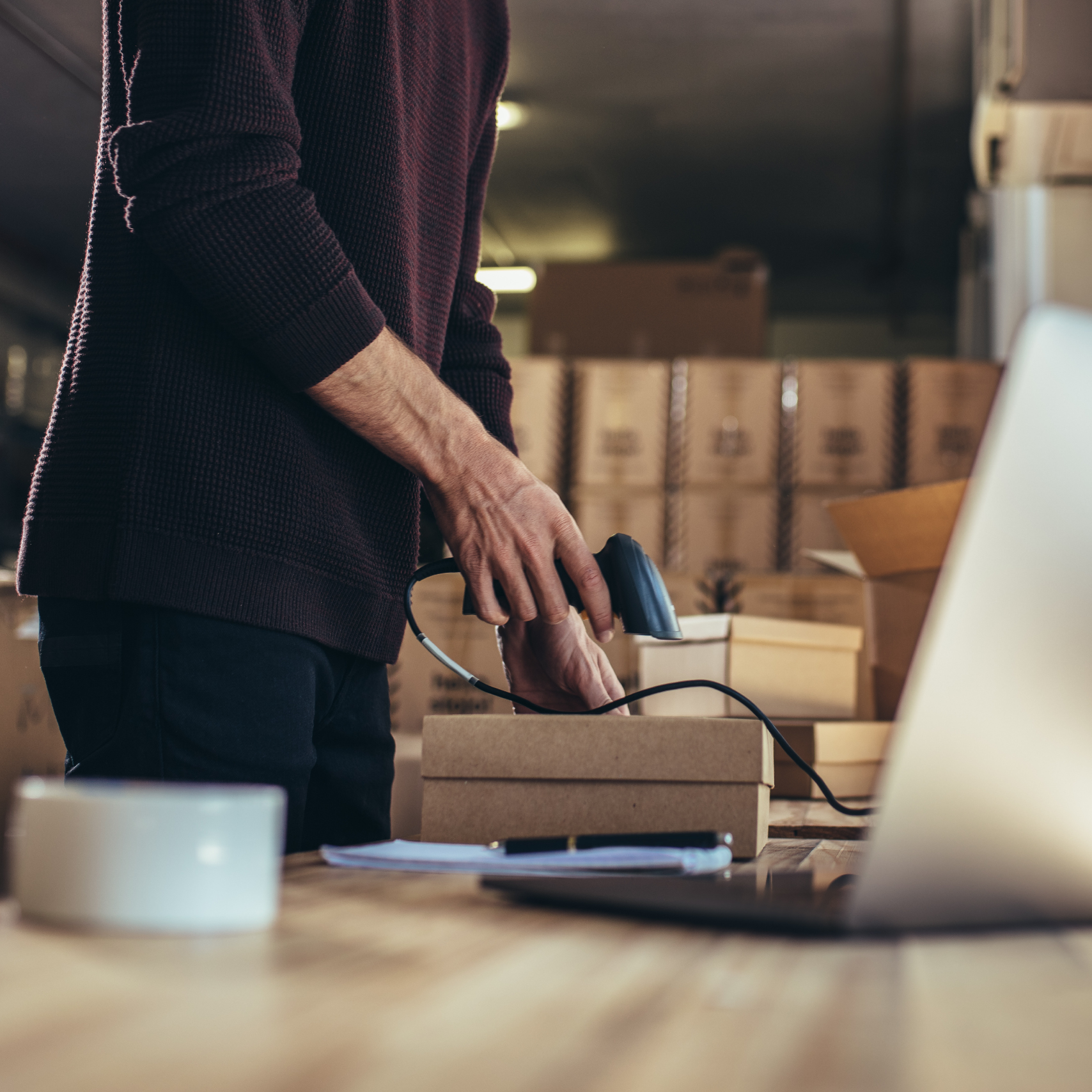How can eCommerce delivery technology help you achieve your business goals?
How can eCommerce delivery technology help you achieve your business goals?

There is much more to delivery technology than just printing labels and tracking parcels. Choosing the right delivery technology can actually help you save time, cut costs and increase productivity.
So how do you know what you should be looking for? We’ve put together the 5 big questions to ask yourself when sourcing new delivery technology to see if it will support your long-term business goals.
1. Can you multi-task and manage the entire customer journey?
You probably already know that consumer expectations are impossibly demanding! But delivery doesn’t just start at despatch and end at the doorstep. You need an eCommerce delivery solution that can simplify and unify the customer experience at every touchpoint – starting at the checkout, moving to parcel despatch, all the way through the delivery journey and finally returns. Traditionally this has required multiple eCommerce delivery solutions; perhaps different eCommerce and marketplace integrations, various carrier labelling platforms and printers and then maybe a separate returns portal. But this only creates complex and disjointed view of your delivery operation. An end-to-end enterprise carrier management platform can increase visibility, accuracy and consistency throughout the customer journey resulting in greater service levels and lower operational costs.
2. Will it save time and free up resource?
Automation is essential for increasing efficiency and decreasing complexity especially as more channels, countries and carriers are added to the shipping mix. The level of automation you need will depend on your parcel volumes, but there are some key workflows and processes that can be simplified for retailers big and small. For example, by automating address validation, you can ensure that data entered by a customer is correct, which prevents parcels from getting lost or delayed. Automated labelling will speed up despatch and free staff from manually processing shipments. You can even automatically calculate Duties & Taxes and electronic customs documentation to help international parcels whizz through customs. At the end of the day, your eCommerce shipping solutions should make your life easy, so you can put more time and effort into selling and growing your business!
3. Can your delivery technology adapt to change?
If we’ve learnt anything it’s that you never know what’s round the corner, so your eCommerce delivery needs to be able to keep up with the rapid pace of eCommerce and potential market changes. And that means it needs to be scalable and flexible. Can new carriers be added quickly and easily? Can new channels and marketplaces be supported? Can you ship abroad with ease? Don’t just think about today’s challenges but tomorrow’s opportunities. By future-proofing your choice of delivery technology, you’ll be able to maximise your return of investment and your ability to adapt.
4. Are you able to unlock customer and delivery data insights?
To keep improving and evolving, you need to be able to monitor and analyse what’s happening at every stage of the delivery operation. From pinpointing the bottlenecks to understanding peaks in demand, where you could improve the customer experience and where you could reduce costs, analytics are essential to driving greater efficiency and accuracy. When selecting a new eCommerce delivery solution, make sure it can aggregate data from multiple carriers and sources to provide that all-important 360-degree view.
5. Can you integrate other eCommerce platforms?
eCommerce platforms. Warehouse management systems. Barcode scanners. For seamless omnichannel order fulfilment, delivery solutions need to integrate with all your other processes and tools. And these integrations need to be established and updated easily to avoid expensive development effort. But that’s just the start of the integration challenge. Your delivery platform also needs to be able to connect with carriers’ systems and online marketplaces to enable real-time order updates. By investing in a solution that enables data sharing across internal and external systems, you will be able to provide a richer customer experience.
Selecting a new solution can be an overwhelming and time-consuming at the best of times – it’s a big responsibility!
But it gets even harder when the technology landscape is constantly evolving. By focusing on the business enablers rather than the system features, you’ll be able to stay focused on the needs of your users and your customers.
GFS Enterprise Carrier Management offers a complete technology toolkit that enhances every stage of the delivery journey, from delivery options at the checkout, to labelling, tracking and reporting – across all carriers, countries and sales channels – through one single integration. This gives you everything you need to streamline operational processes, boost productivity and scale as you grow. Click here to find out more.


